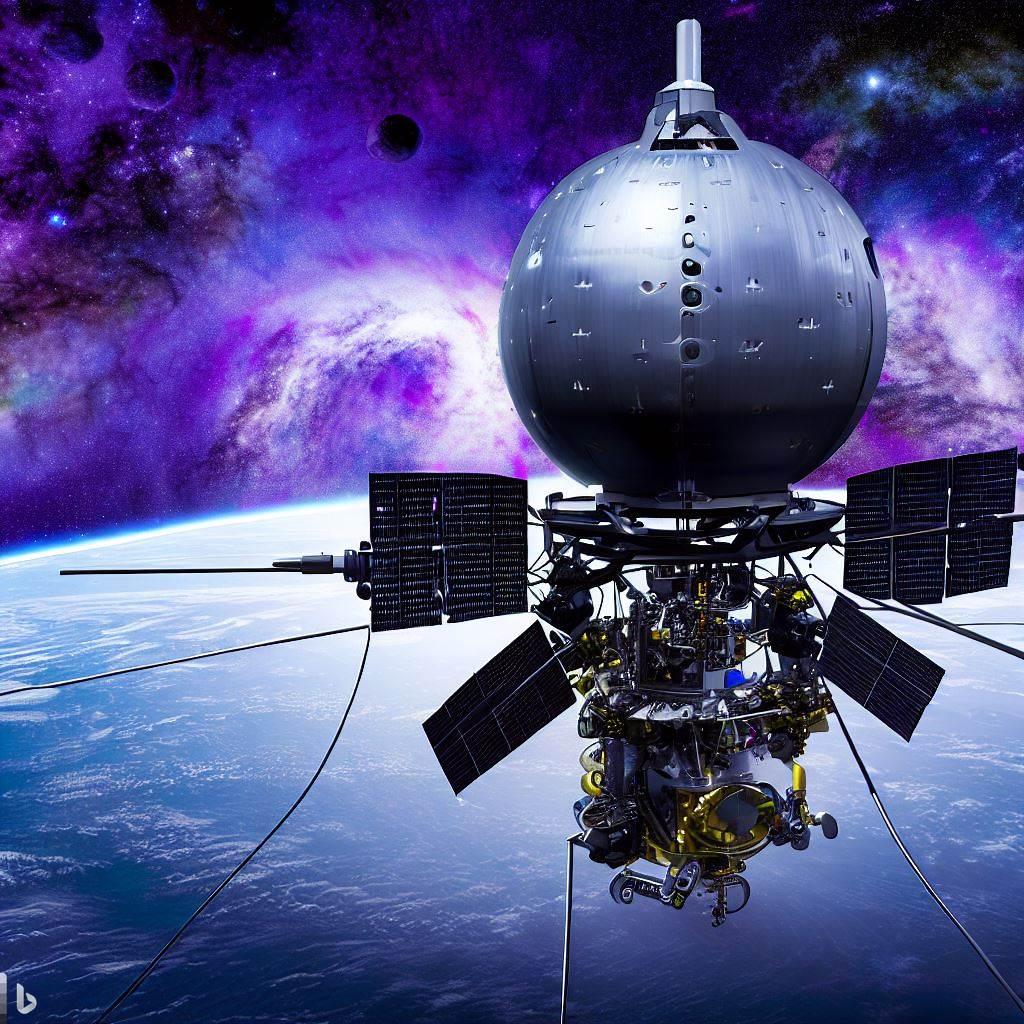Introduction
Scientists and engineers are preparing to launch a revolutionary infrared mission called EXCITE (EXoplanet Climate Infrared TElescope). This ambitious project aims to explore the atmospheres of exoplanets—planets that exist beyond our solar system—by employing a unique approach that involves circumpolar long-duration scientific balloon flights. Before embarking on its primary mission, EXCITE will undergo a crucial test flight as part of NASA’s fall 2024 scientific ballooning campaign from Fort Sumner, New Mexico.
The EXCITE Mission
EXCITE is designed to push the boundaries of space exploration by capturing detailed atmospheric data from exoplanets. Its primary goal is to provide a three-dimensional picture of a planet’s atmosphere and temperature, a feat that has been accomplished only a few times before. This intricate task requires a telescope with exceptional stability to track a planet over extended periods, sometimes for several days, as it orbits its star.
The Test Flight
Before EXCITE can embark on its primary mission, it must first complete a test flight. This preliminary phase is essential to ensure the telescope’s performance and stability in the challenging environment of space. Scheduled as part of NASA’s scientific ballooning campaign in fall 2024, the test flight will take place from Fort Sumner, New Mexico. The data collected during this flight will be pivotal in refining the mission’s instruments and operations, preparing EXCITE for its future endeavors in space.
Scientific and Technological Advancements
The EXCITE mission represents a significant leap forward in the field of exoplanet research. By utilizing infrared technology, the telescope will be able to detect and analyze the heat emitted by exoplanets, offering a new perspective on their atmospheric properties. This information is crucial for developing models of exoplanet climates and assessing their potential to support life.
The mission’s innovative approach, involving long-duration balloon flights, also demonstrates a novel application of balloon-based observations in space science. This method allows for extended periods of data collection without the constraints of traditional space missions, providing a more comprehensive view of exoplanetary atmospheres.
Conclusion
As the EXCITE mission prepares for its test flight and eventual scientific journey, it stands at the forefront of exoplanet research. By offering a detailed and dynamic view of distant atmospheres, EXCITE promises to enhance our understanding of the universe and the potential for life beyond our solar system. The success of this mission could mark a new era in space exploration, providing valuable insights into the climate and composition of exoplanets and expanding the horizons of human knowledge. The scientific community eagerly anticipates the results of EXCITE’s groundbreaking work, which holds the potential to revolutionize our understanding of distant worlds.









Add a Comment: